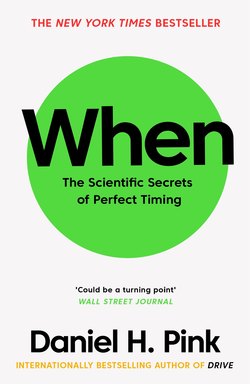Отрывок из книги
Daniel H. Pink is the author of several books, including the New York Times bestselling Drive, To Sell is Human and A Whole New Mind. His books have been translated into 35 languages and have sold more than 2 million copies worldwide. He lives in Washington D.C. with his wife and children. danpink.com
Free Agent Nation
.....
Other creators marched to a different diurnal drummer. Novelist Gustave Flaubert, who lived much of his adult life in his mother’s house, would typically not awaken until 10 a.m., after which he’d spend an hour bathing, primping, and puffing his pipe. Around 11, “he would join the family in the dining room for a late-morning meal that served as both his breakfast and lunch.” He would then tutor his niece for a while and devote most of the afternoon to resting and reading. At 7 p.m. he would have dinner, and afterward, “he sat and talked with his mother” until she went to bed around 9 p.m. And then he did his writing. Night owl Flaubert’s day moved in an opposite direction—from recovery to trough to peak.49
After coding these creators’ daily schedules and tabulating who did what when, French found what we now realize is a predictable distribution. About 62 percent of the creators followed the peak-trough-recovery pattern, where serious heads-down work happened in the morning followed by not much work at all, and then a shorter burst of less taxing work. About 20 percent of the sample displayed the reverse pattern—recovering in the mornings and getting down to business much later in the day à la Flaubert. And about 18 percent were more idiosyncratic or lacked sufficient data and therefore displayed neither pattern. Separate out that third group and the chronotype ratio holds. For every three peak-trough-rebound patterns, there is one rebound-trough-peak pattern.
.....
